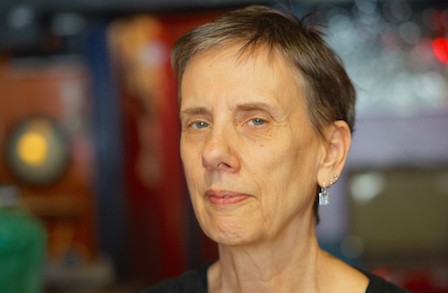Ecstatic Mundane: An Interview with Elaine Equi
Poet Elaine Equi discusses her new collection Out of the Blank, a vivid examination of how the consumer products we live among are tied to our fantasies, memories, and dreams.
Interviewed by Jim Feast

Poet Elaine Equi discusses her new collection Out of the Blank, a vivid examination of how the consumer products we live among are tied to our fantasies, memories, and dreams.
Interviewed by Jim Feast
Poet, publisher, and artist Jeffrey Cyphers Wright discusses his new collection of sonnets and collages, Doppelgängster — as well as how all the doubles in his life as a poet add up to a singular, ongoing practice.
Interviewed by Jim Feast
Poet Jerome Sala discusses satirizing the corporate content machine, his Chicago art and performance influences, looking for culture in the branding of everyday objects, and his new collection How Much. Interviewed by Jim Feast

by Jim Feast Before Barbara Henning moved to New York City in 1984, she already had a reputation in Detroit as a poet. Her first